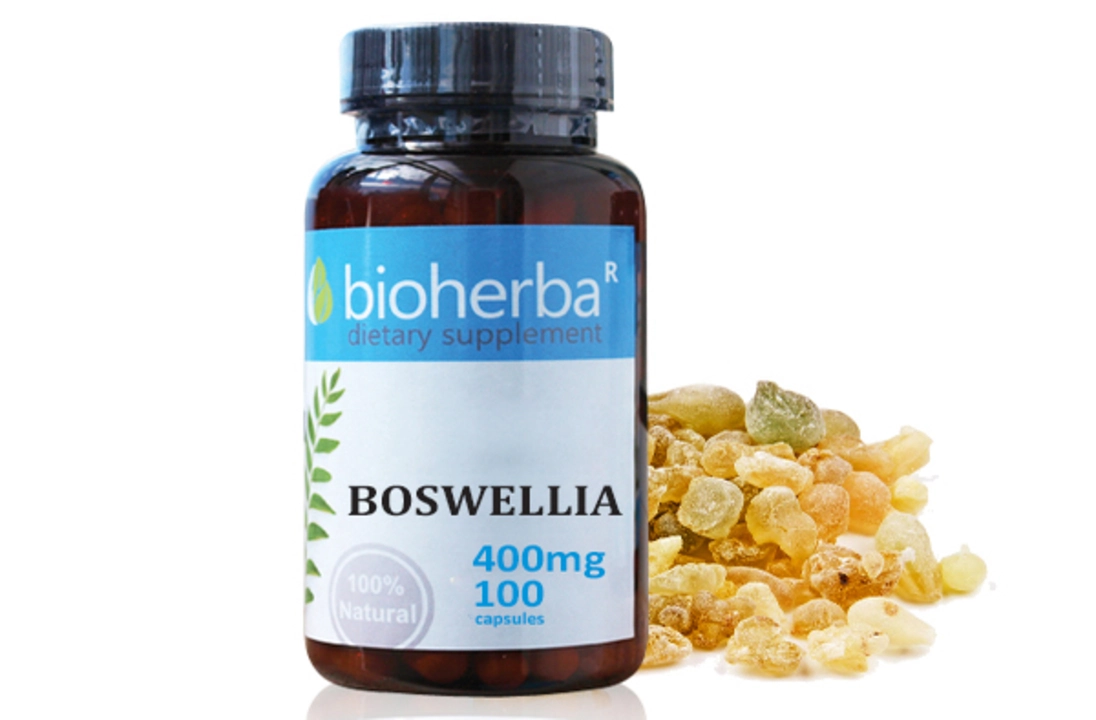Oak Bark: Uses, Benefits, and How to Use It Safely
Oak bark is the outer layer of oak trees loaded with tannins — those are the compounds that make it astringent and useful for skin and digestive issues. People have used oak bark for centuries as a simple, cheap remedy for sore gums, minor skin inflammation, and loose stools. Below you’ll find clear, practical ways to use it and what to watch out for.
What oak bark does and when to use it
The main active stuff in oak bark is tannins, which tighten tissues and can reduce minor bleeding and weeping from small wounds. That makes oak bark handy for mouth rinses after gum irritation, compresses for inflamed skin, and short-term support for mild diarrhea. It also has mild antimicrobial effects in lab tests, which explains its traditional use for cuts and sores. Use oak bark for short-term, external care or brief digestive relief — it’s not a long-term fix.
Simple ways to prepare and use oak bark
Oak bark tea (for mouth rinse or gentle digestive use): add 1 teaspoon of dried oak bark to 1 cup of boiling water, let steep 10–15 minutes, then strain. Cool before using. For a mouth rinse, swish and spit; for digestion, sip no more than 1–2 small cups a day for up to a week. Don’t swallow large amounts of astringent tea — it can upset digestion if overused.
Stronger decoction for compresses: simmer 1–2 tablespoons of bark in 2 cups of water for 10–15 minutes, strain, cool, and soak a clean cloth to apply to inflamed skin or minor wounds. Keep compresses brief (10–20 minutes) and watch for irritation.
Tincture (longer shelf life): a common ratio is 1 part dried bark to 5 parts 40–60% alcohol. Let sit for 4–6 weeks, strain, and store in a dark bottle. Tinctures are concentrated; follow product instructions and use small amounts. If you’re unsure, start with a low dose and speak to a herbalist or clinician.
Where to get it: buy dried oak bark from a reputable herb supplier or pharmacy-grade source. Avoid collecting bark from unknown trees — pollution, mold, or mistaken species can cause harm.
Safety notes you should know: don’t use oak bark internally for long periods — tannins can reduce nutrient absorption and irritate the gut in high doses. Avoid during pregnancy and breastfeeding because safety isn’t well studied. If you have kidney disease or are on iron supplements, separate oak bark products from iron by at least two hours. Stop use and see a doctor if you get worsening symptoms, allergic reaction, or skin irritation.
If you plan to use oak bark regularly or for a child, talk to your healthcare provider first. It’s a useful, old-school remedy when used briefly and correctly, but it’s not a substitute for medical care when you need it.

